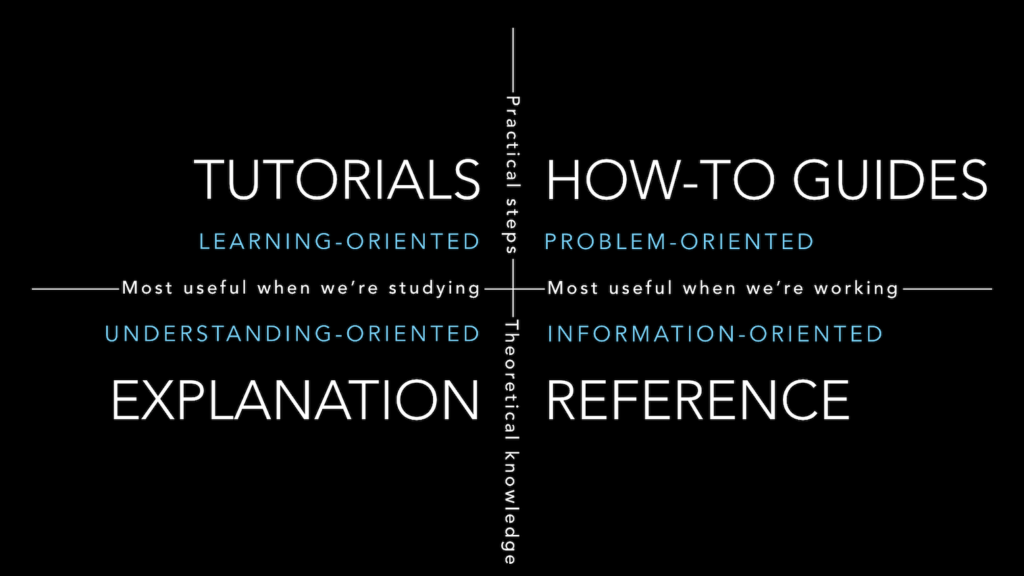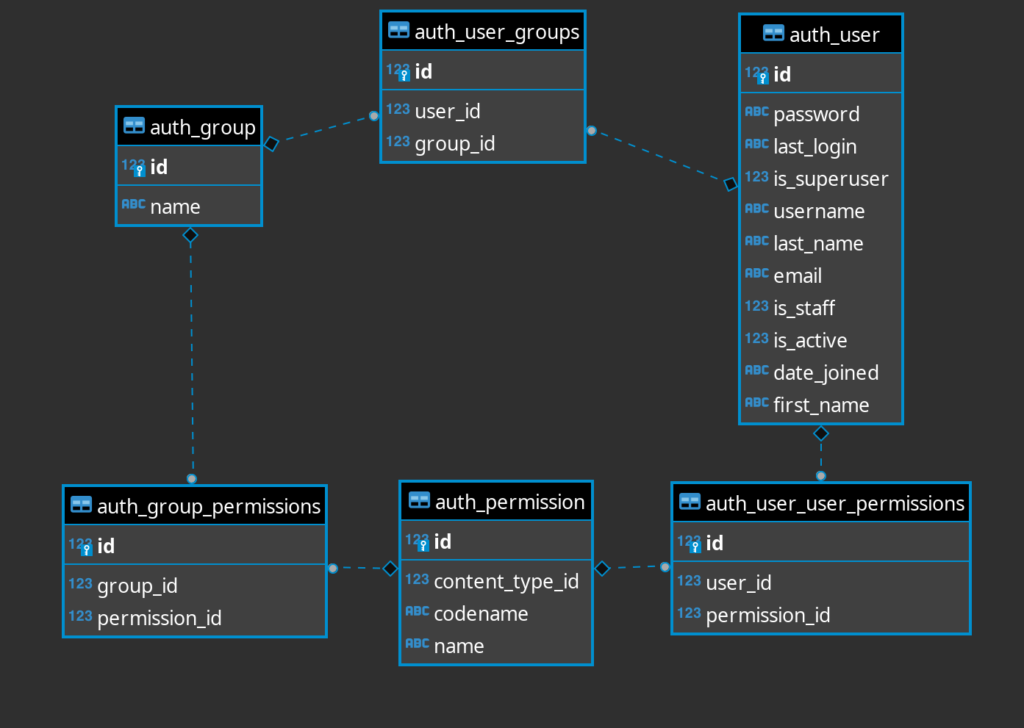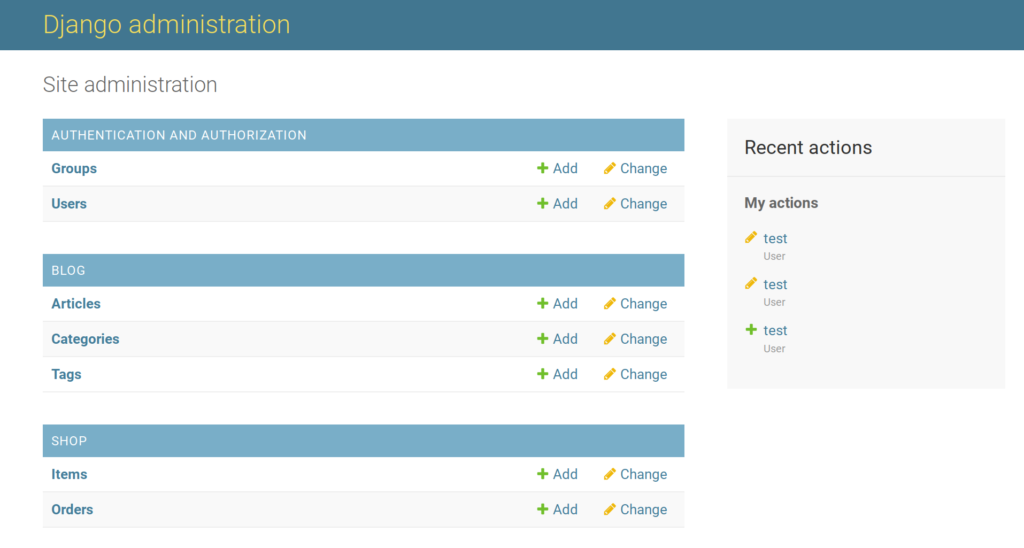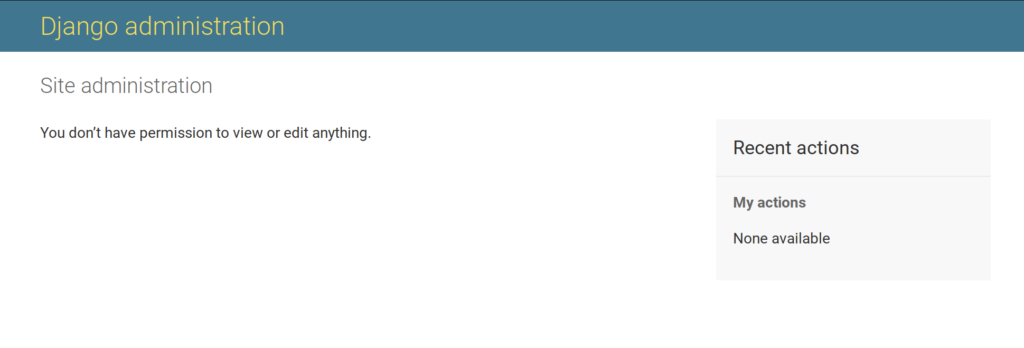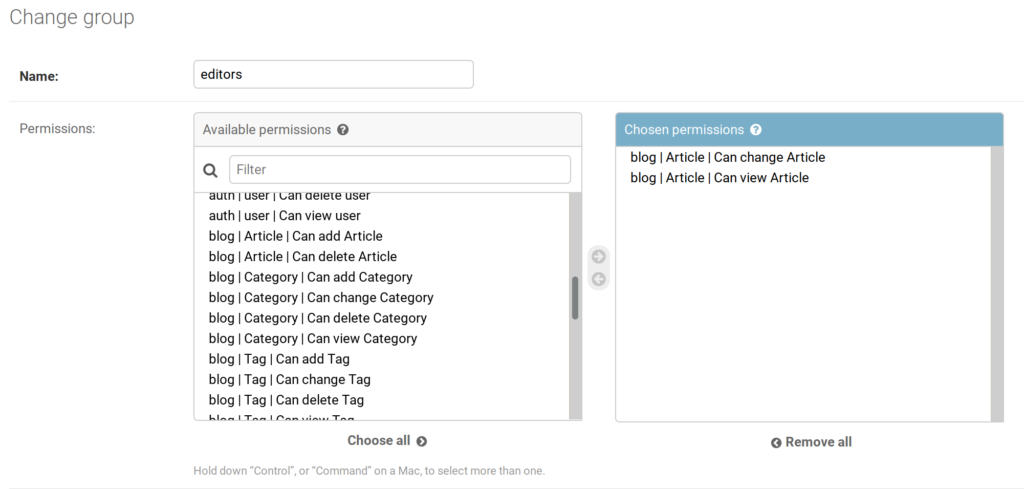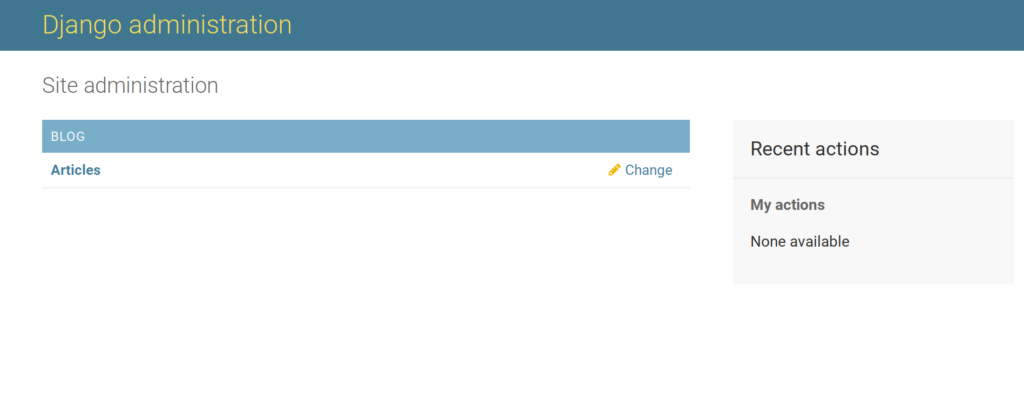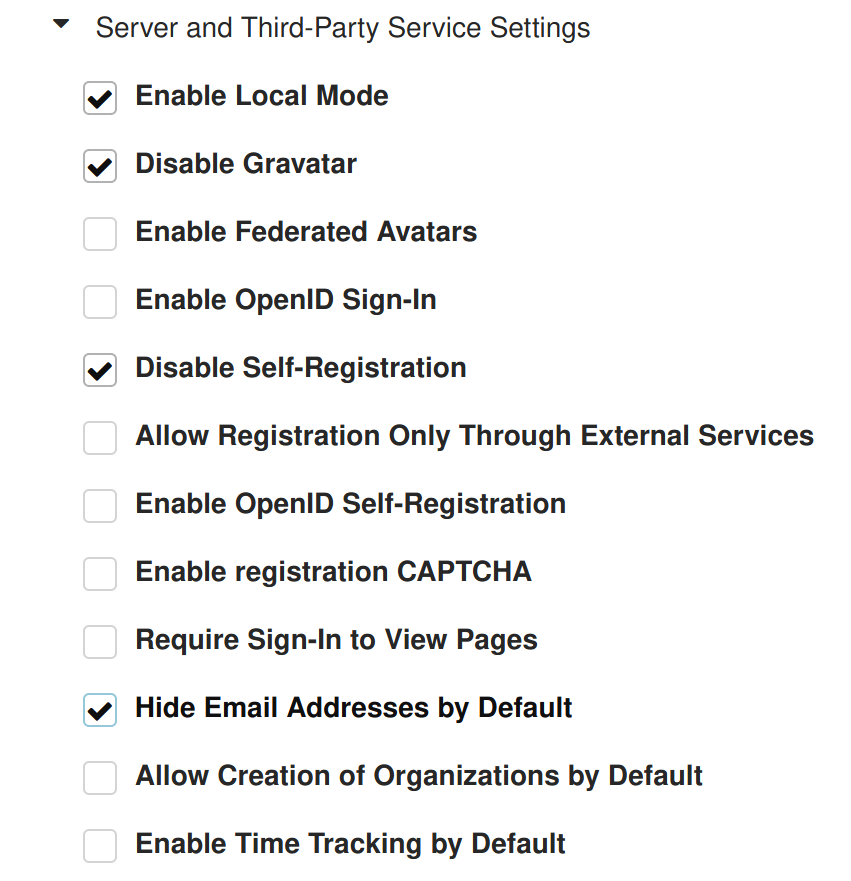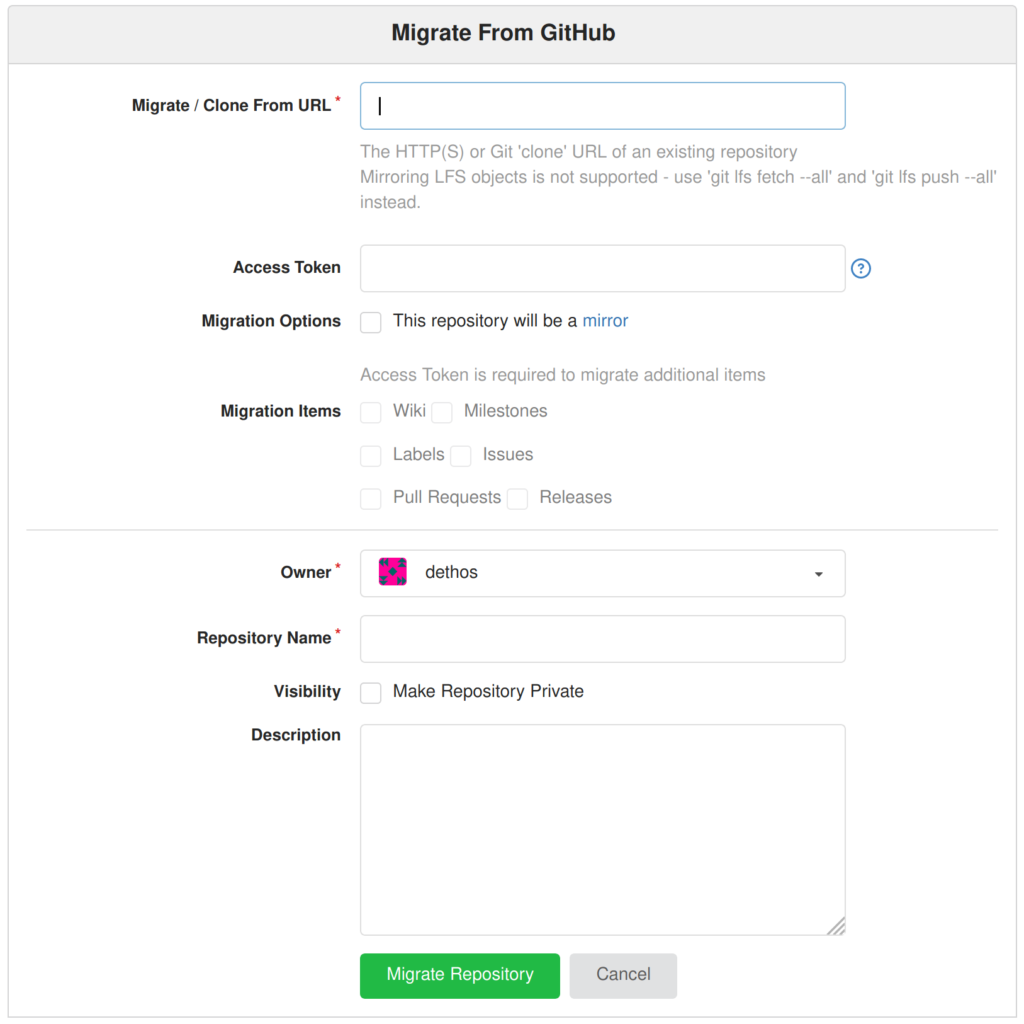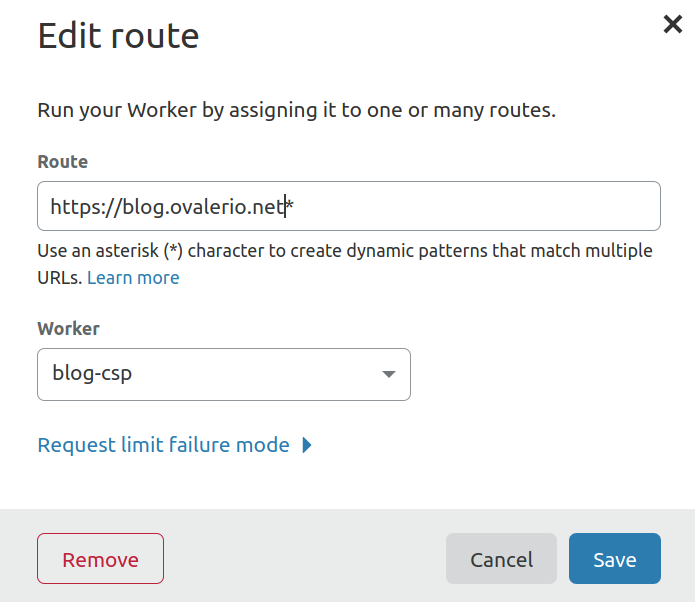Sooner or later everybody that works with computers will have to deal with software licenses. Newcomers usually assume that software is either open-source (aka free stuff) or proprietary, but this is a very simplistic view of the world and wrong most of the time.
This topic can quickly become complex and small details really matter. You might find yourself using a piece of software in a way that the license does not allow.
There are many types of open-source licenses with different sets of conditions, while you can use some for basically whatever you want, others might impose some limits and/or duties. If you aren’t familiar with the most common options take look at choosealicense.com.
This is also a topic that was recently the source of a certain level of drama in the industry, when companies that usually released their software and source code with a very permissive license opted to change it, in order to protect their work from certain behaviors they viewed as abusive.
In this post I share my current approach regarding the licenses of the computer programs I end up releasing as FOSS (Free and Open Source Software).
Let’s start with libraries, that is, packages of code containing instructions to solve specific problems, aimed to be used by other software developers in their own apps and programs. On this case, my choice is MIT, a very permissive license which allows it to be used for any purpose without creating any other implications for the end result (app/product/service). In my view this is exactly the aim an open source library should have.
The next category is “apps and tools”, these are regular computer programs aimed to be installed by the end user in his computer. For this scenario, my choice is GPLv3. So I’m providing a tool with the source code for free, that the user can use and modify as he sees fit. The only thing I ask for is: if you modify it in any way, to make it better or address a different scenario, please share your changes using the same license.
Finally, the last category is “network applications”, which are computer programs that can be used through the network without having to install them on the local machine. Here I think AGPLv3 is a good compromise, it basically says if the end user modifies the software and let his users access it over the network (so he doesn’t distribute copies of it), he is free to do so, as long as he shares is changes using the same license.
And this is it. I think this is a good enough approach for now (even though I’m certain it isn’t a perfect fit for every scenario). What do you think?

